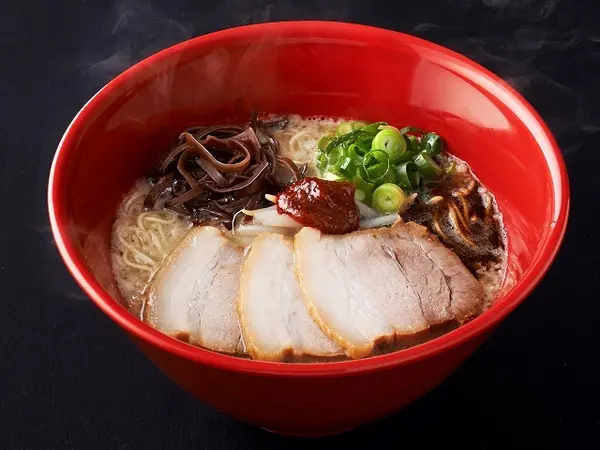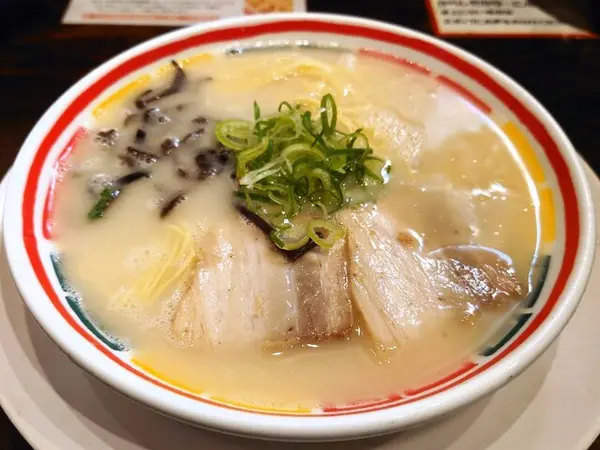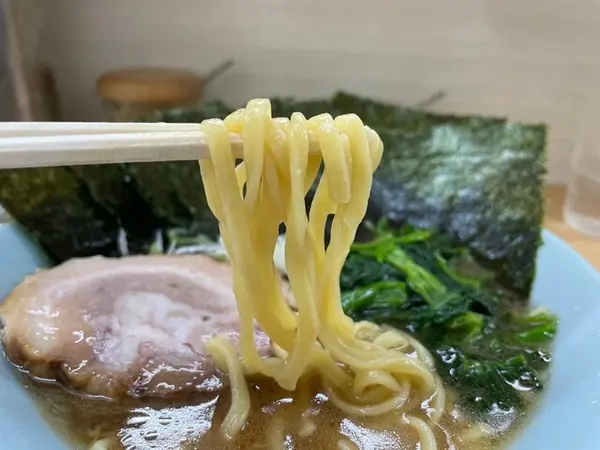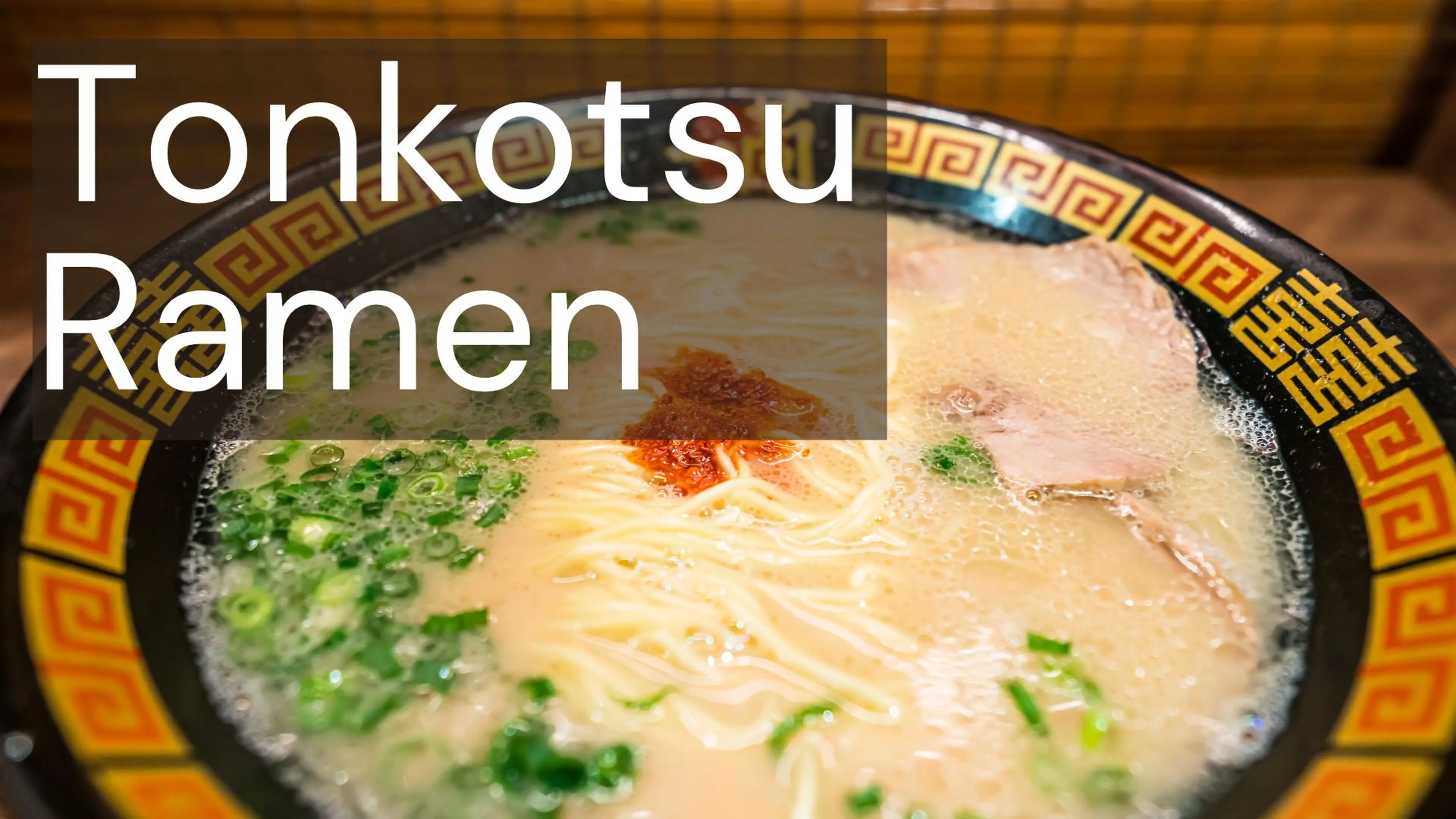Not only ICHIRAN and Ippudo? The types of tonkotsu ramen that are actually very deep and popular restaurants in Tokyo are explained!
Tonkotsu Ramen is a Japanese noodle dish featuring a rich pork bone broth and is a must-try when traveling in Japan. The soup is simmered for a long time to create a creamy, flavorful base. Thin ramen noodles in a light broth are the most common type of ramen. There is a wide variety of ramen, such as Iekei Ramen, which combines a rich pork and chicken broth. In this article, we will explain the different types of tonkotsu ramen and introduce some of the most popular restaurants in Tokyo.
Most traditional tonkotsu ramen: Hakata-style

Link: Ichiran Shibuya-shop
Considered the foundation of the tonkotsu ramen world, Hakata-style ramen offers a pure and delightful expression of this iconic dish. Imagine a steaming bowl cradling thin, straight noodles that cook up in a flash, achieving a delightful al dente bite. These noodles play perfectly off the star of the show: the broth. Hakata-style boasts a thinner, lighter broth compared to its Kumamoto cousin. Don't be fooled by "lighter" though – this broth is anything but weak. Over 12-hour simmer coaxes out a rich, porky essence from the bones, delivering a deep savory flavor that's incredibly satisfying.
Hakata-style keeps things refreshingly simple when it comes to toppings. Thinly sliced chashu pork belly takes center stage, its melt-in-your-mouth tenderness a perfect contrast to the springy noodles. Kikurage (wood ear mushrooms) add a delightful textural surprise, while beni shoga (thinly sliced pickled ginger) cuts through the richness with a refreshing zing. Finally, a perfectly gooey, half-boiled egg completes the picture, its runny yolk enriching the broth with each delightful slurp.
So, if you're looking for the quintessential tonkotsu ramen experience, Hakata-style is the way to go. It's a testament to the power of simplicity, where high-quality ingredients and meticulous preparation come together to create a flavor symphony that will leave you wanting more.

Link: Ippudo Ginza-shop
Ippudo's ramen is popular overseas as well. In Japan, you can enjoy the original taste at a low price.

Iekei Ramen with a rich, punchy broth

Iekei literally translates to "chicken and pork bone," hinting at the broth's defining characteristic. Unlike Hakata's pure pork bone broth, Iekei blends pork bones with chicken bones, resulting in a richer, more complex base. This broth is further enhanced with a generous amount of chicken fat, creating a luxuriously slick and satisfying mouthfeel.
Just like Hakata ramen, Iekei features thin, straight noodles that cook up quickly for that perfect al dente texture. However, Iekei lets you take customization to a whole new level. Many Iekei ramen restaurants offer a customizable "oil" option. Choose from a variety of oils, including the classic "shoyu" (soy sauce), a spicy "karai" (spicy), or even a creamy "tonkotsu" (pork bone) oil, allowing you to tailor the richness and flavor profile to your preference.
The ordering process is as follows.
- First, purchase a ticket from the ticket machine at the entrance. Is it written only in Japanese? Don't worry. The top left button on the ticket machine is usually the restaurant's best menu item.
- Next, when you are seated, you are asked what you would like. The amount of oil, how strong the flavor is, and how hard the noodles are, to which the restaurant recommends "Normal".
- Then the ramen is brought to you and all you have to do is eat it.

There are several condiments on the table. Most of them are garlic, ginger, pepper, and hot sauce. First of all, I want you to eat it as it is. Next, I recommend adding garlic. I also recommend dipping the seaweed in the soup and adding a little pepper to it. We hope you will customize it to your own taste.

Link: Machida-ya Shinjuku-shop
Although many ramen stores do not offer foreign language support, many of them require tickets to be purchased in advance, but we encourage you to take advantage of your camera's translation function and try your hand at this challenge. If you can find a ramen shop that is popular with the Japanese, you will surely discover the depth of tonkotsu ramen.
Written by
- WellBe Inc.
- WellBe operating company
- WellBe Inc.
- WellBe operating company
We will disseminate information on Asian culture and travel, with a focus on Japan and Vietnam.
List of articles
